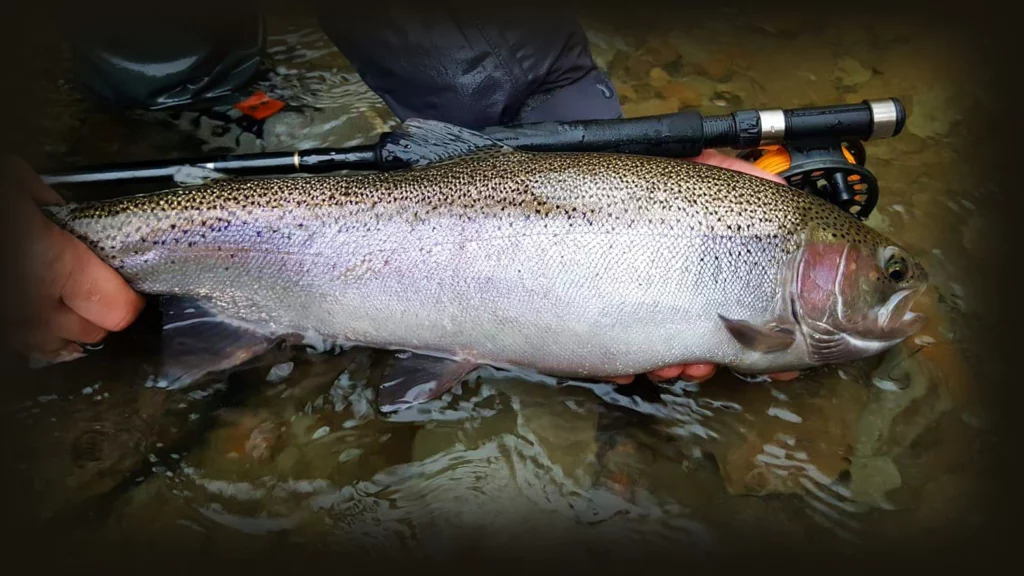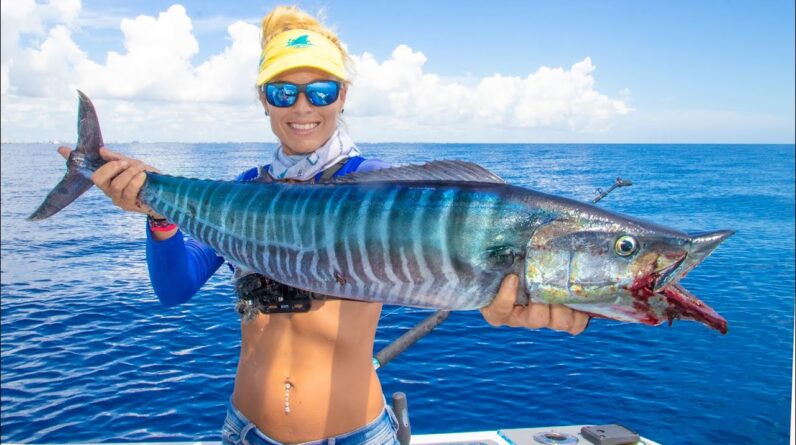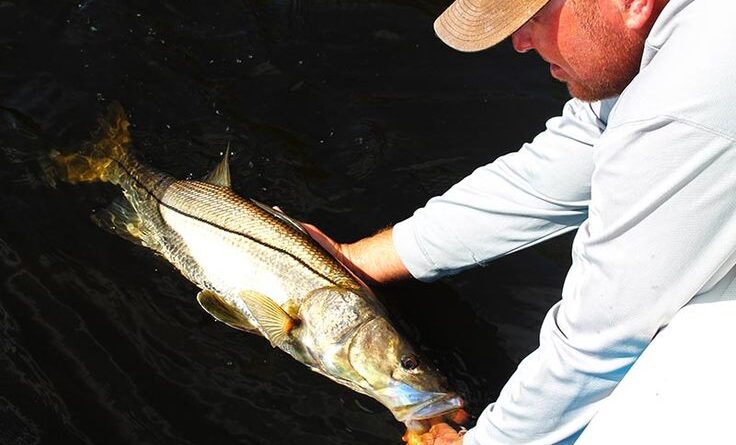Introduction
Fishing is not just a hobby; for many, it’s a passion and a way of life. Among the various techniques employed in angling, spin fishing stands out as a versatile and effective method. In this comprehensive guide, we’ll delve into the intricacies of spin fishing, covering everything from the basics to advanced tips to enhance your fishing experience.
What is Spin Fishing?

Spin fishing is a popular angling method that involves using a spinning rod and reel combination. Unlike traditional fly fishing or baitcasting, spin fishing relies on a fixed spool reel and a rod designed to cast and retrieve lures or bait. This technique is known for its simplicity, making it suitable for beginners while still offering challenges for seasoned anglers.
The Gear Essentials
1. Spinning Rod:
The foundation of spin fishing is a well-chosen spinning rod. It should be chosen based on the type of fish you’re targeting and the fishing conditions. Lighter rods are ideal for smaller species, while heavier rods are necessary for larger game fish.
2. Spinning Reel:
A quality spinning reel complements the rod. Look for one with a smooth drag system, durable construction, and an appropriate gear ratio. This combination ensures efficient casting and retrieval.
3. Fishing Line:
The fishing line’s strength and material depend on the target species. Monofilament lines are versatile, while braided lines offer strength and sensitivity.
4. Lures:
Spin fishing allows for a wide variety of lures. Popular choices include spinners, spoons, and soft plastic baits. Match the lure to the species and water conditions for optimal results.
Techniques for Successful Spin Fishing
1. Casting:
Mastering the art of casting is crucial. Practice accuracy and distance to effectively cover a larger area. Keep in mind the wind direction and adjust your casting angle accordingly.
2. Retrieve Patterns:
Experiment with different retrieve patterns to entice fish. Common techniques include steady retrieves, stop-and-go, and twitching. Adapt your approach based on the behavior of the target species.
3. Location Matters:
Understanding the underwater terrain and structure is key. Fish are often found near structures like rocks, logs, or drop-offs. Use your knowledge of the water body to increase your chances of success.
Advanced Tips for Seasoned Anglers
1. Adjusting to Conditions:
Seasoned spin anglers know the importance of adapting to changing conditions. Factors like weather, water temperature, and time of day can significantly impact fish behavior. Stay observant and adjust your techniques accordingly.
2. Use of Electronics:
Modern spin fishing incorporates the use of fish finders and other electronic devices. These tools can provide valuable information about the underwater environment, helping you locate schools of fish more efficiently.
3. Fine-tuning Your Tackle:
Experiment with different rod and reel combinations, fishing lines, and lure sizes. Fine-tuning your tackle to match specific conditions can make a significant difference in your catch rate.
FAQs: Your Guide to Common Queries
How do I choose the right spinning reel for spin fishing?
Selecting the ideal spinning reel involves considering factors such as gear ratio, ball bearings, and drag system. Match the reel specifications to your preferred fishing style and target species for optimal performance.
What is the best technique for spin fishing in freshwater lakes?
In freshwater lakes, the steady retrieve technique often proves effective. Experiment with different speeds and occasional pauses to trigger strikes from various fish species.
Can I use spin fishing in saltwater environments?
Absolutely! Many anglers find success with spin fishing in saltwater. Ensure your gear is corrosion-resistant, and choose lures that mimic the prey commonly found in saltwater habitats.
Are there specific lures for different types of fish?
Yes, different fish species respond to specific lures. Research the feeding habits of your target fish and choose a lure that closely resembles their natural prey.
What is the optimal line strength for spin fishing?
The ideal line strength depends on the target species. Generally, a line with a test strength between 6 to 12 pounds is suitable for a wide range of spin fishing scenarios.
How can I prevent backlash when casting a spinning reel?
Practice proper casting techniques, adjust the reel’s spool tension, and use your thumb to control the line’s release during the cast. With consistent practice, you can minimize and prevent backlash.
Conclusion
In conclusion, spin fishing offers a rewarding and accessible way to enjoy the art of angling. Whether you’re a beginner or an experienced angler, mastering the techniques and understanding the nuances of spin fishing can lead to a more fruitful and enjoyable fishing experience.
Remember, each fishing trip is a learning experience. So, grab your spinning gear, head to your favorite fishing spot, and enjoy the thrill of spin fishing.






